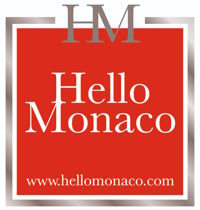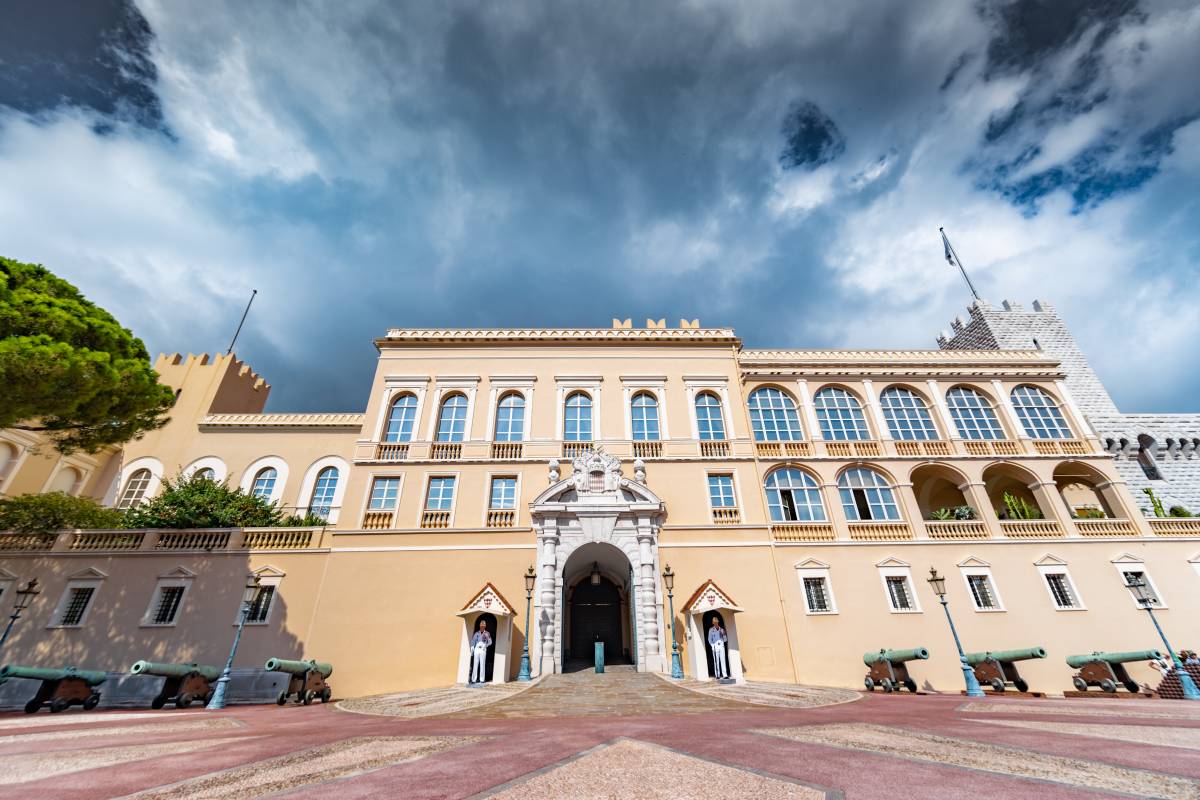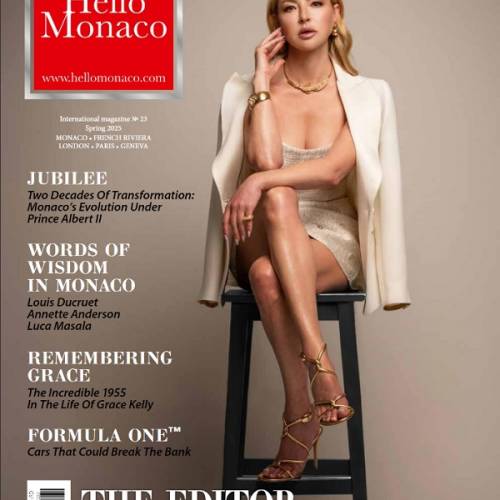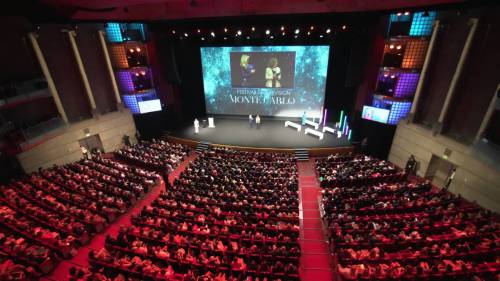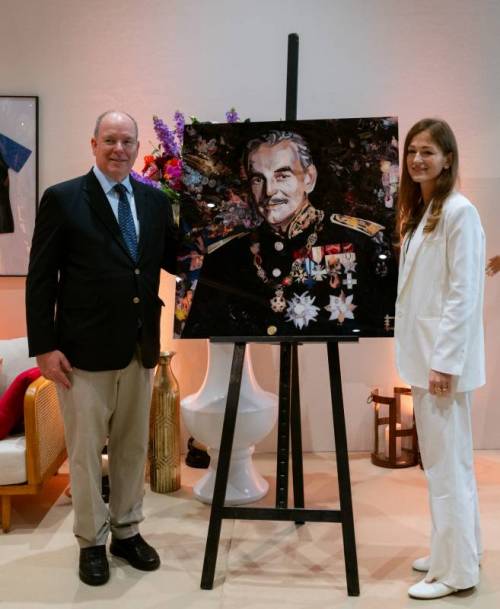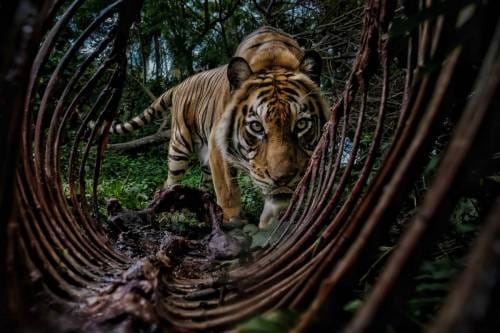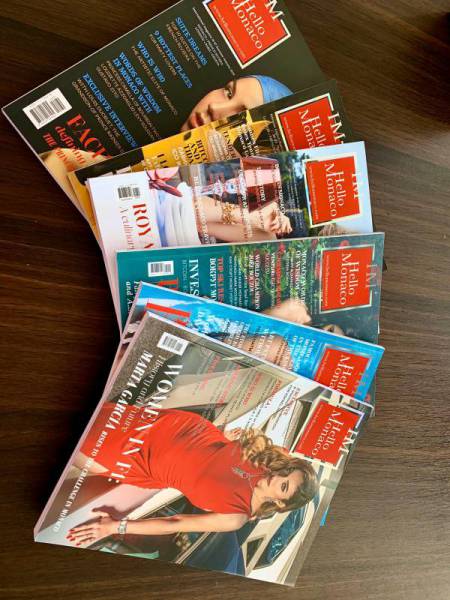‘From garden to exposition, from exposition to garden’. Starting from this fundamental idea an innovative temporary exhibition, ‘Jardin en Cours’ (Garden under Way) livened up Quai Antoine 1er Showroom on the 28th and 29th February 2020 involving students, professors as well as post-graduates from Panthéon-Sorbonne University – Art School (Master of Arts and Vision – MAVI), the Academy of Fine Arts in Palermo (Sicily, Italy), the Tropical Agronomic Garden of Nogent-sur-Marne, the Exotic Garden of Palermo and Monaco Jardin Exotique. All that under the kind assistance of the Monegasque Department of Cultural Affairs, the Marie de Monaco and Pavillon Bosio.

This three-year project, in fact, allowed seventeen students to test an experiential weekly workshop in Monaco aimed at translating into art the complex relation between natural and man-made environment, so common in the Principality. The outcome was a series of fascinating art installations able to make the audience think about the importance to respect nature, through multi-media and sensory experience.
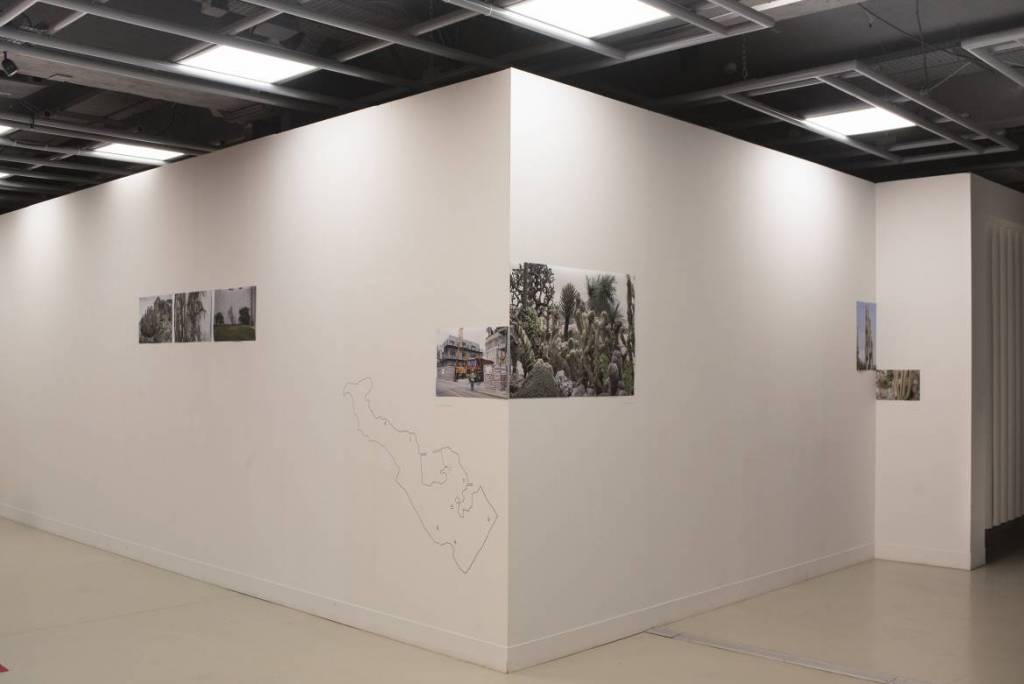
The welcoming vernissage buffet itself was something fresh. A picnic-style setting, ‘Pique-nique’, designed by Céline Pages and Fernand Bretillot, fifth-year students at the High School of Plastic Arts, encouraged the socialization among the many visitors on Friday afternoon. Sharing a common space to spend free time, strolling around, nibbling and chatting. Practically, they want to restore the social role of a garden according to both designers.

“This is meant as a public space contrasting to any restricted area to give freedom of expression to all participants”, pointed out Renaud Layrac, professor of art, scenography and exhibition at Pavillon Bosio – “a meaningful outcome after debating natural and artificial landscape in Monaco”.

“Our visit to Monaco Exotic Garden was very inspiring for my students coming from Palermo, most of whom visiting the Principality for the first time”, highlighted Maia Mancuso, architect and professor of architecture and urban planning at Academy of Fine Arts in Palermo – “the topic ‘nature vs artifice’ gave rise to many considerations turned into original creations of art”.

Mario Valenti, for example, conceived an edible sculpture, ‘Camouflage 1’ in the likeness of a human wooden-like artefact converted in an organic cake. The same artist re-designed Monaco topographic map in a graphic sketch, ‘Camouflage 2’, opposing skyscrapers to succulent plants as Nature against Man. ‘Inverticale’ (In vertical) by Rossana Rizza focused on verticality, a common thread of the Monegasque territory emphasized through a video about urban upward mobility and a projected picture of Exotic Garden cactuses striving towards the sky with human intervention. ‘Senza Più Difese’ (Defenceless) sculpture installation by Giorgio Fornaia created suggestive effects of perspective with basic elements, wooden boards and nails (to symbolize thorns), representing a call for help from the Vegetable Kingdom to a more sustainable future.

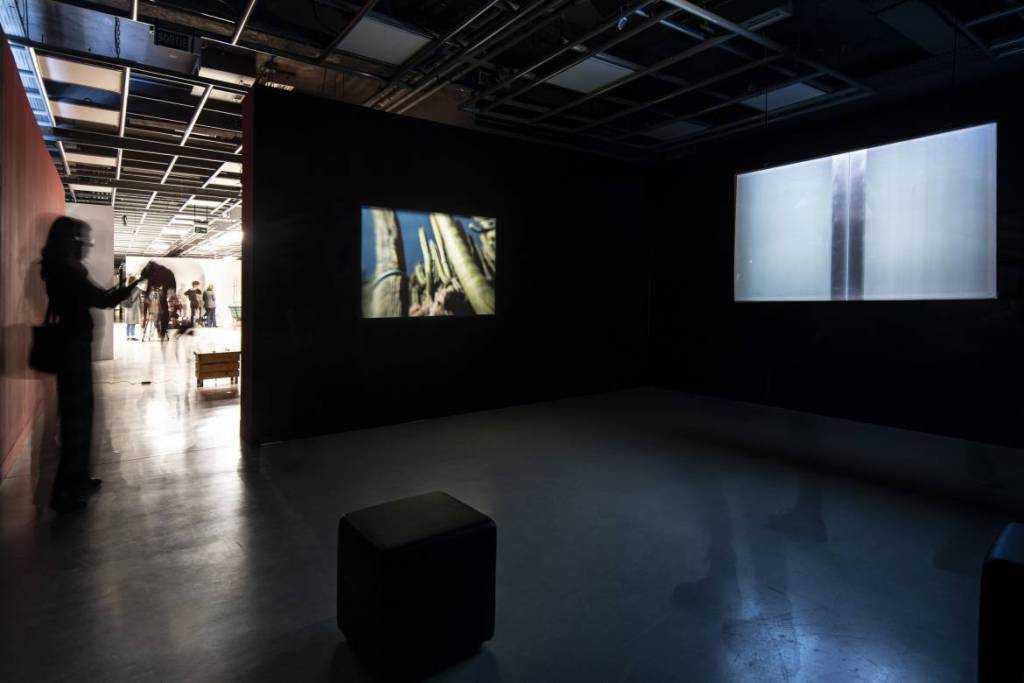
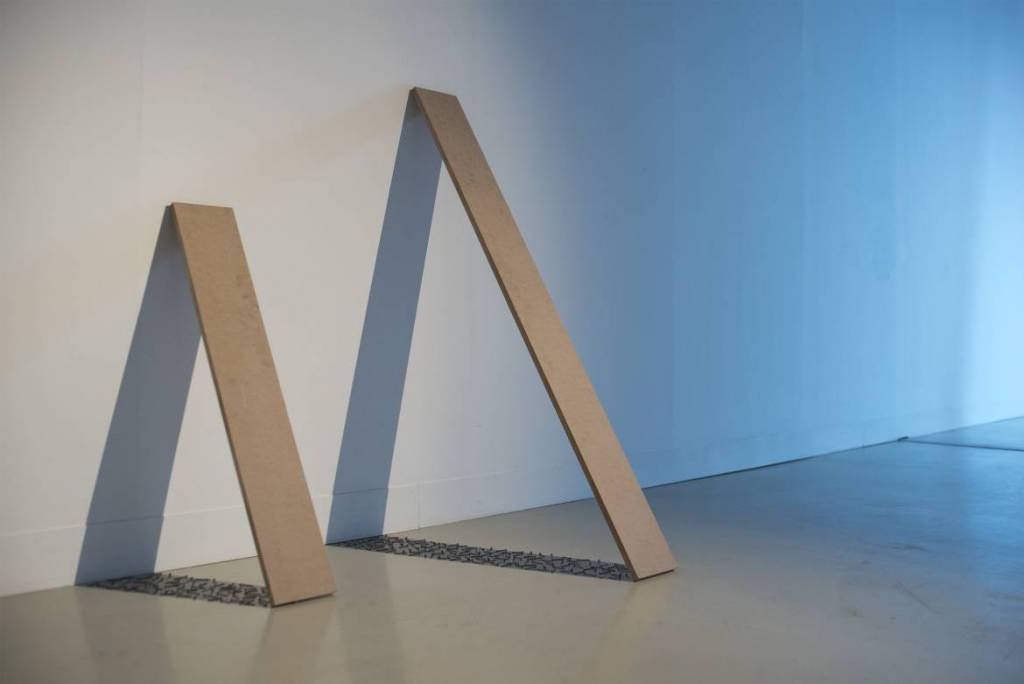
“Art is resulting from the close link between creativity and creation”, stressed Yann Toma, professor of art, diplomacy and social innovation at Panthéon-Sorbonne University (Paris 1) – “everything linked to the concept of sustainable development will increasingly pass through a greater awareness of what is around us and art must be a privileged means of knowledge”.

‘Super Nature’ by Dayoung Jeong combines paper sculptures and photography to create a harmonic setting where plants become decorations and vice versa. A flowery window is open to the world inspiring a plunge in the natural world as a result of a long-term study carried out by the award-winning Korean artist who transmits a positive message through an almost surrealist installation. The totally immersive artwork by Margaux Taleux, ‘La nuit tous les cactus sont gris’ (During night all cactuses are grey) arouse equally great emotions offering the chance to reflect on how we perceive Nature. An artificial pattern inspired by some plants observed at Monaco Exotic Garden is repeated several times and creates a visual path direct to a focal point where a sprout is springing out as a metaphor for natural regeneration.
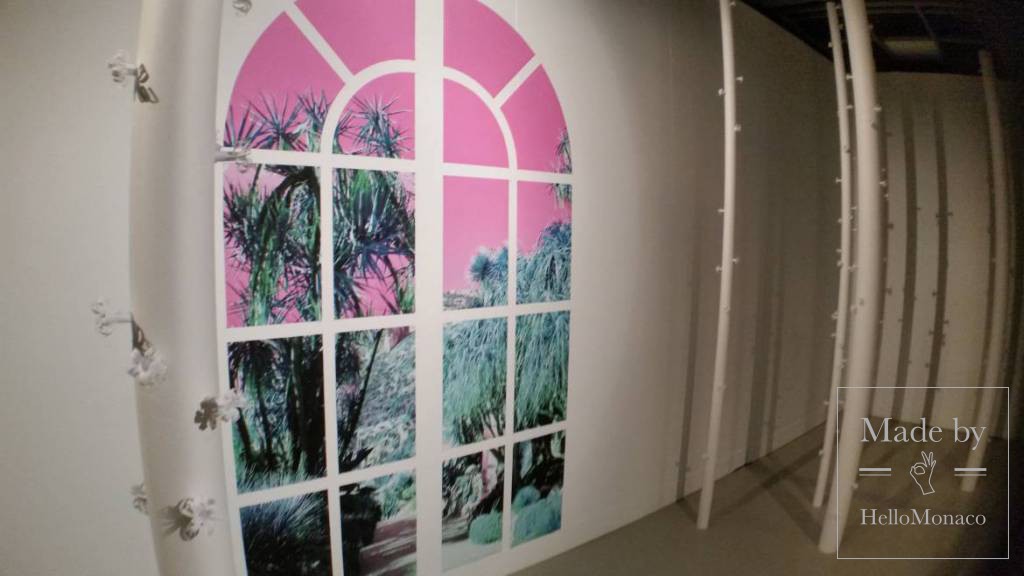
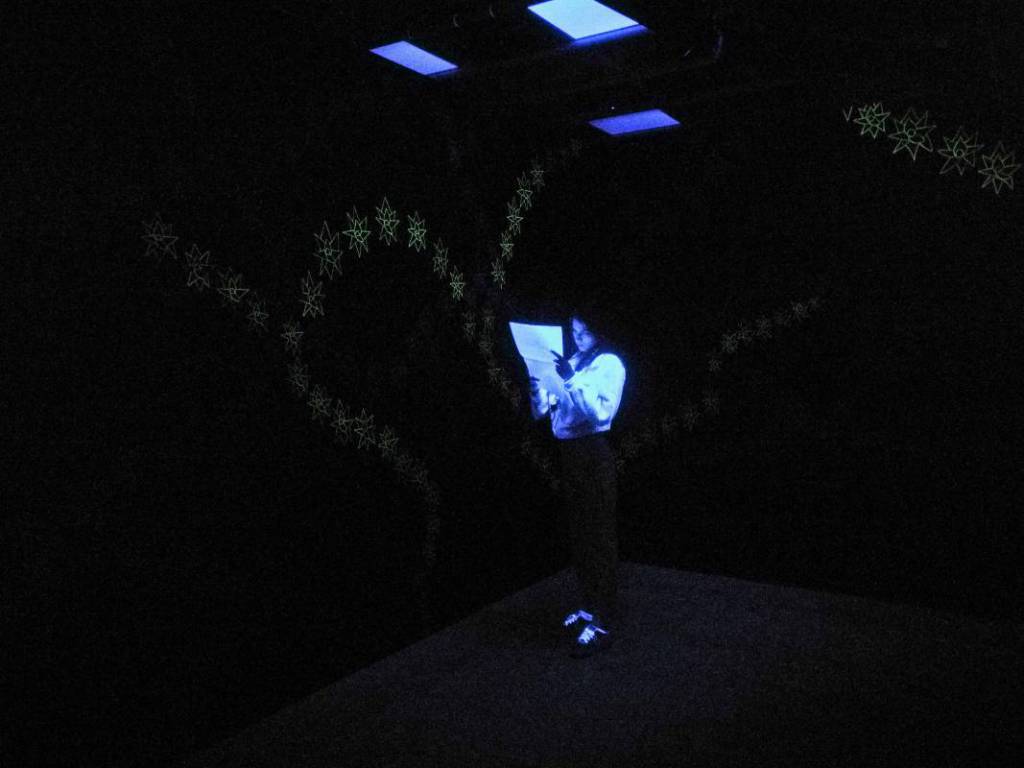
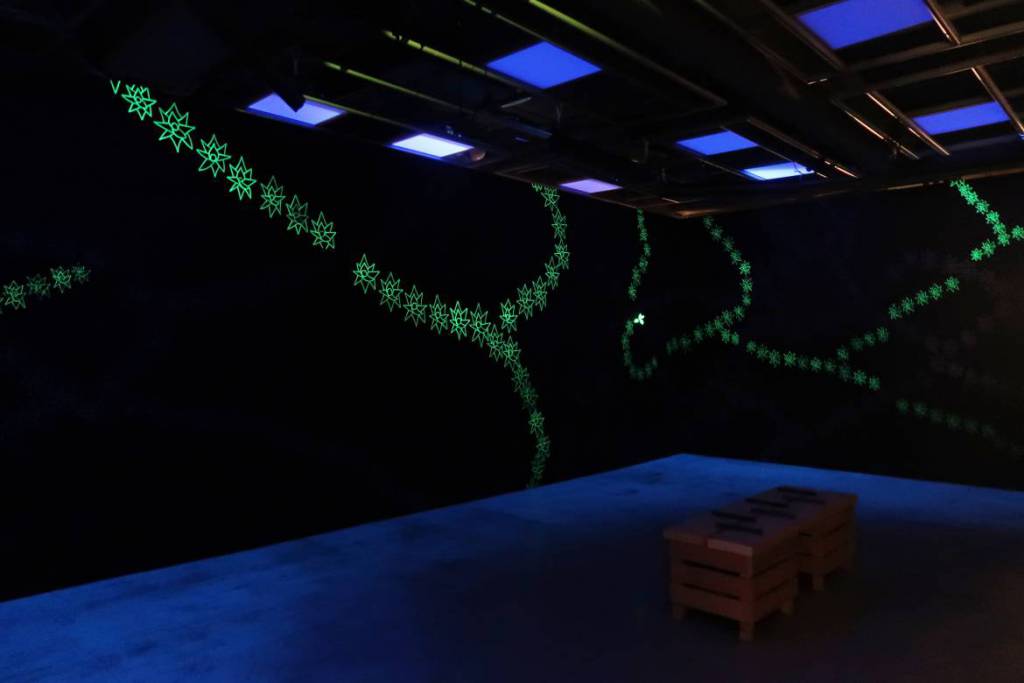
‘La Trinité’ (The Trinity) by the Colombian artist Lorena Hernández represented the core dogma of modern society through the skilled combination of three elements made of photography, video reporting and vegetal elements. “I do believe in the importance of having a little faith in present times’, underlined the artist – “I consider Monaco Exotic Garden the symbol of its urban life in constant evolution”. In the video (Father), the engine becomes ‘natural’ associating the standing cactuses to the building cranes (as a symbol of human technical devices) part of the Monegasque skyline, empowered by a view from above a stair. In the photo (Son), light and shadow are opposed as in human condition. The cactus elements (Holy Spirit), finally, arranged as scientific findings, recall the link between Man and Nature that must be interconnected in a respectful way.
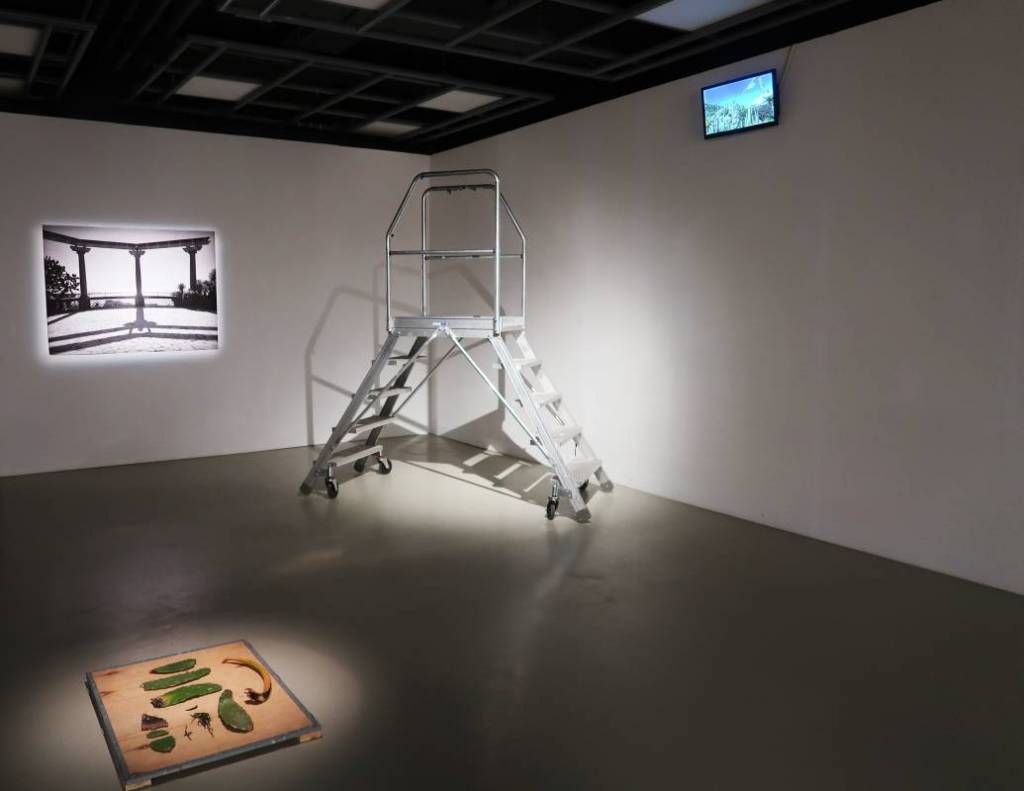
‘Garden under Way’ has been an interesting workshop where to exchange ideas across all generations to imagine a liveable future.
